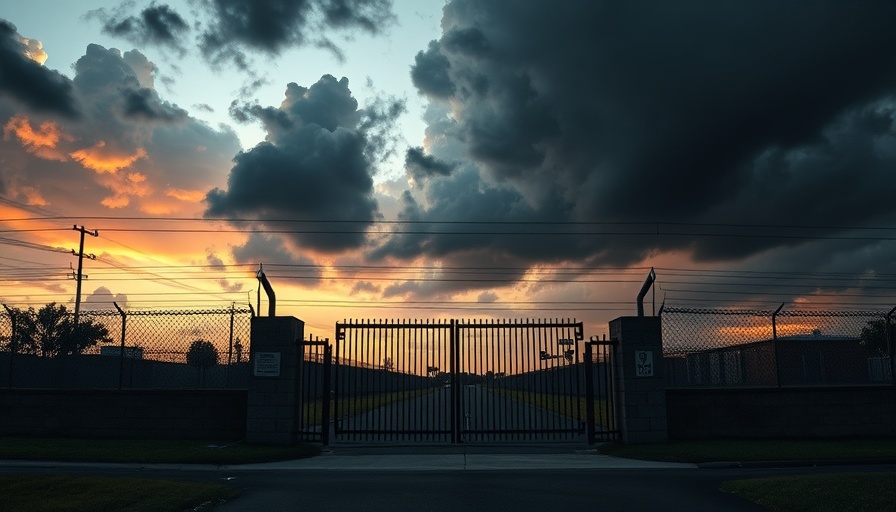
The Future of Pinellas Beaches: A Necessary Restoration
In the wake of the devastating hurricanes last year, Pinellas County is taking critical steps to restore its beaches, starting with the renourishment efforts in Indian Shores. The project, which began on September 12, 2025, involves not just replacing the sand along the shoreline but also the installation of vital infrastructure like pipelines for dredging. The price tag for this ambitious effort stands at $125 million, funded by the Tourist Development Tax, showcasing the county's commitment to both environmental preservation and the tourism industry.
Addressing Resistance: A Call for Unity Among Property Owners
However, this restoration project faces an obstacle: cooperation from local property owners. A significant portion of these homeowners have yet to sign the necessary temporary construction easements that would allow the renourishment to extend fully along the beach. Currently, around 30 property owners, representing about 20% of those affected, have not agreed to these easements. Without unanimous consent, the Army Corps of Engineers will decline to fund the project, potentially limiting the extent of the renourishment.
Collaboration with Federal Partners: The Path Ahead
Pinellas County officials remain optimistic despite these challenges. Recent dialogues with representatives from the Army Corps of Engineers have shown promise. As County Commission Chair Brian Scott noted, productive meetings have taken place, indicating a willingness for collaboration. The hope is to reach a compromise that could facilitate the homeowners' necessary agreements to enable the project to proceed unimpeded.
Why It Matters: The Value of Our Coastal Communities
The restoration of the beaches at Indian Shores is not merely about aesthetics; it plays a crucial role in safeguarding local infrastructure and property values. Scott emphasizes the importance of tourism as Pinellas County's number one industry, and restoring the beach is integral to maintaining that economic lifeline. Moreover, safeguarding these coastal areas contributes to environmental health and resilience against future storms, which is vital for both residents and tourists alike.
Looking Forward: A Collective Effort for Local Resilience
As this crucial renourishment project unfolds, it’s clear that a united effort is necessary. The success of the beach restoration is dependent not only on logistical measures but also on the collaboration of the community and local stakeholders. With continued dialogue and engagement, Pinellas County aims to overcome these hurdles to protect its beaches for generations to come.
 Add Row
Add Row  Add
Add 



Write A Comment